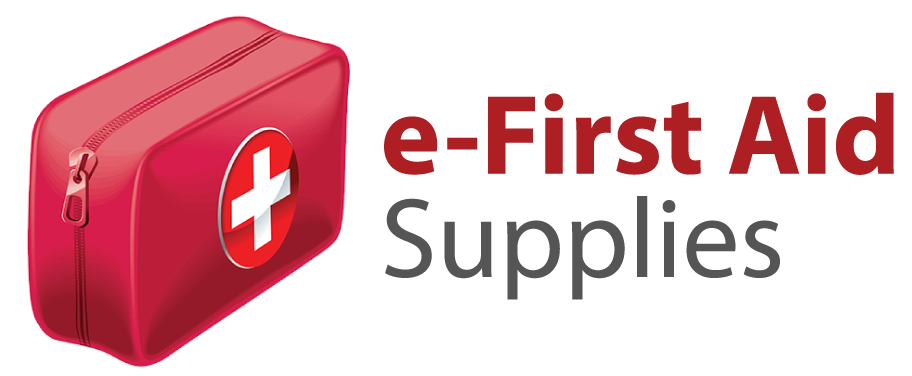Airway Management
Airway Management for Medical Professionals
Airway management involves ensuring that the patient has an open airway through which adequate ventilation can take place. This often requires the use of medical instruments such as endotracheal tubes, laryngoscopes, and other airway devices. An obstructed airway means the body is deprived of oxygen, leading to potential complications like hypoxia.
If proper ventilation is not established, brain death will occur in minutes. There are a number of different types of medical supplies that fall under airway management. A large majority of these products are used by EMS professionals, such as EMTs and firefighters.
Importance of Effective Airway Management Equipment
- Ensures patients receive sufficient oxygen during emergencies, reducing the risk of respiratory failure and complications.
- Prevents hypoxia and brain damage by maintaining proper oxygenation and ventilation in critical situations.
- Vital in both pre-hospital and hospital settings for managing conditions like cardiac arrest, trauma, or respiratory distress.
- Used by EMTs, paramedics, firefighters, and other healthcare professionals to quickly secure airways in life-threatening situations.
Our Airway Management products range from Nasopharyngeal Airways, Cannula Tubing, Oxygen Masks, Bag Valve Masks, and more. Our Airway Management products are competitively priced and easy to use.
Choosing the Right Airway Management Tools
Selecting the appropriate airway management device depends on the patientís condition and the level of intervention required. For example:
- Nasopharyngeal Airways are ideal for semi-conscious patients who need assistance maintaining an open airway but still have an intact gag reflex.
- Bag Valve Masks (BVMs) are essential for manual ventilation when a patient is unable to breathe on their own. They are often used during resuscitation efforts and can be connected to an oxygen source for enhanced delivery.
- Oxygen Masks provide supplemental oxygen to patients experiencing respiratory distress or low oxygen saturation levels.
- Cannula Tubing provides low-flow oxygen directly to the patientís nose, making it suitable for patients who require supplemental oxygen but can still breathe independently.


